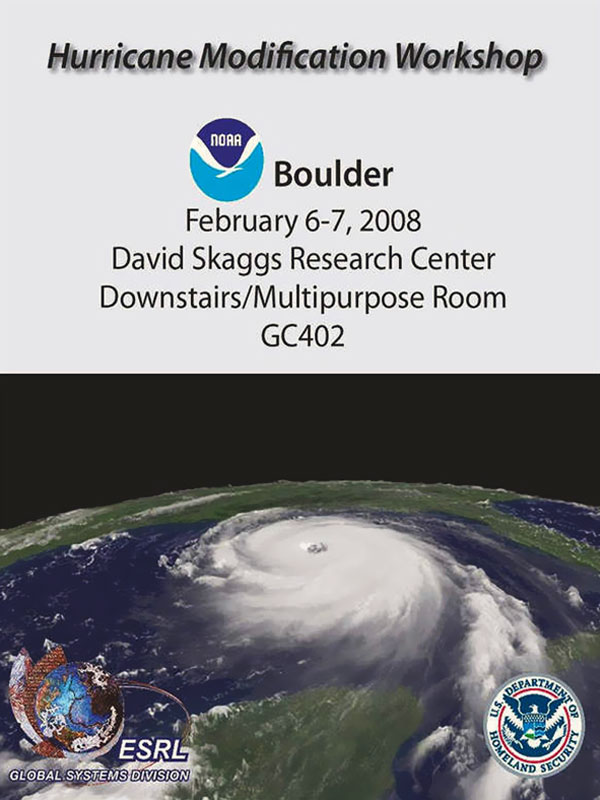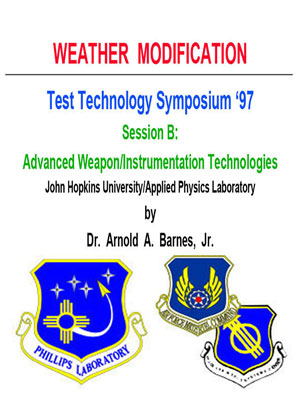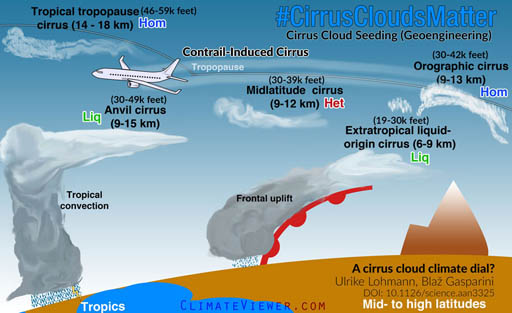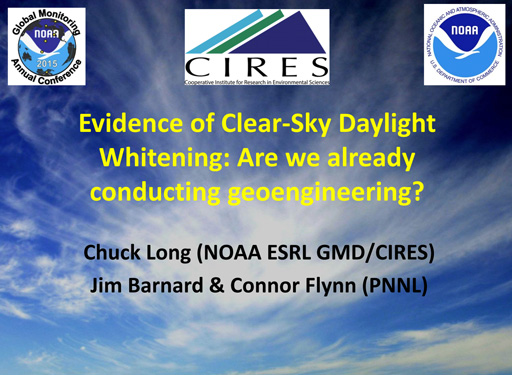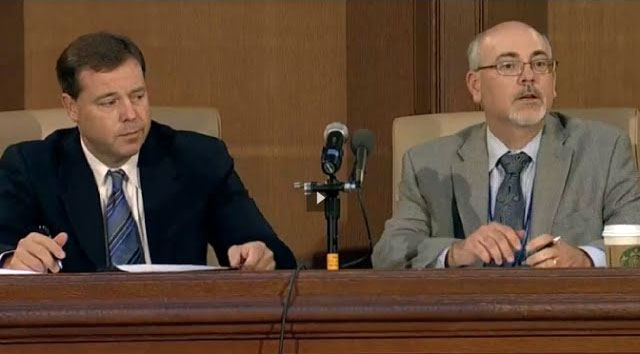(12:36) “use drones or commercial aircraft” 20th Conference on Planned and Inadvertent Weather Modification https://ams.confex.com/ams/95Annual/webprogram/20WXMOD.html
Joint Session 2: Human Alteration of Weather and Climate: Engineering, Ethics, and Politics Location: 211B West Building (Phoenix Convention Center – West and North Buildings) Hosts: (Joint between the 20th Conference on Planned and Inadvertent Weather Modification; and the Seventh Symposium on Aerosol-Cloud-Climate Interactions ) Chair: David L. Mitchell, DRI
Recorded Tuesday, 6 January 2015: 2:30 PM 211B West Building (Phoenix Convention Center – West and North Buildings)
TJ2.5 On The Climate response to Cirrus Cloud Seeding https://ams.confex.com/ams/95Annual/webprogram/Paper268699.html Trude Storelvmo, Yale University, New Haven, CT; and W. R. Boos and N. Herger
Climate engineering, the intentional alteration of Earth’s climate, is a multifaceted and controversial topic. Numerous climate engineering mechanisms (CEMs) have been proposed, and the efficacies and potential undesired consequences of some of them have been studied in the safe environments of numerical models. Here, we present a global modeling study of a so far understudied CEM, namely the seeding of cirrus clouds to reduce their lifetimes in the upper troposphere, and hence their greenhouse effect. Different from most CEMs, the intention of cirrus seeding is not to reduce the amount of solar radiation reaching Earth’s surface. This particular CEM rather targets the greenhouse effect, by reducing the trapping of infrared radiation by high clouds. This avoids some of the caveats that have been identified for solar radiation management, for example the delayed recovery of stratospheric ozone or drastic changes to Earth’s hydrological cycle. We find that seeding of mid- and high latitude cirrus clouds has the potential to cool the planet by about 1.4K, and that this cooling is accompanied by only a modest reduction in rainfall. Intriguingly, seeding of the 15% of the globe with the highest solar noon zenith angles at any given time yields the same global mean cooling as a seeding strategy that involves 45% of the globe. In either case, the cooling is strongest at high latitudes, and could therefore serve to prevent Arctic sea ice loss. With the caveat that there are still significant uncertainties associated with ice nucleation in cirrus clouds and its representation in climate models, cirrus seeding appears to represent a powerful CEM with reduced side effects.






